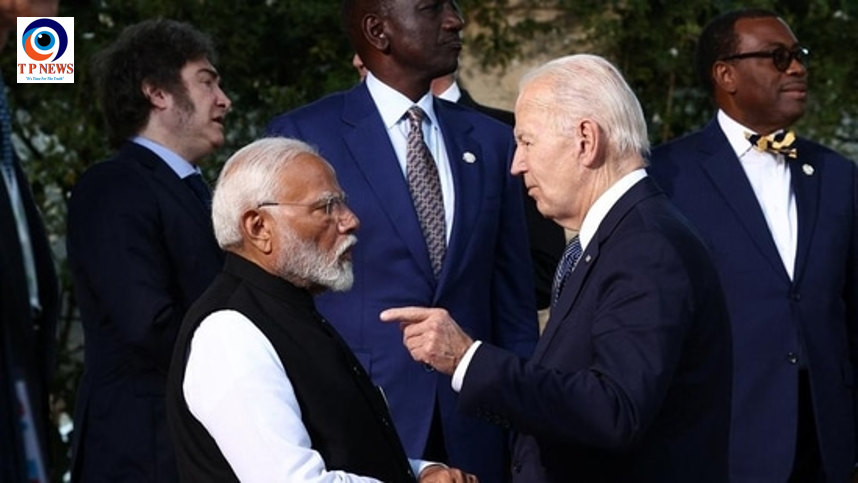The James Webb Space Telescope (JWST) has marked its second anniversary with a breathtaking new image of two galaxies, known as the Penguin and the Egg, locked in an intricate cosmic dance. This latest image showcases the observatory’s remarkable capabilities and its contributions to our understanding of the universe.
Launched on December 25, 2021, the Webb telescope began its scientific mission with its first observations released on July 12, 2022. Since then, it has provided unparalleled views of the cosmos, capturing light across infrared wavelengths that are invisible to the human eye. These capabilities allow Webb to see through dense gas and dust, revealing distant galaxies, detecting molecules in exoplanet atmospheres, and detailing the explosive deaths of stars.
“With remarkable images from the corners of the cosmos, going back nearly to the beginning of time, Webb’s capabilities are shedding new light on our celestial surroundings and inspiring future generations of scientists, astronomers, and explorers,” said NASA Administrator Bill Nelson.
The new image features the intertwined Penguin and Egg galaxies, collectively known as Arp 142. Located 326 million light-years away in the Hydra constellation, these galaxies resemble a penguin guarding an egg. Webb’s Near-Infrared Camera and Mid-Infrared Instrument captured this detailed portrait by combining observations in both near-infrared and mid-infrared light.
The blue haze in the image represents a mix of stars and gas, illustrating how the two galaxies are gravitationally bound. Separated by about 100,000 light-years—astronomically close—the Penguin and Egg galaxies began their interaction 25 to 75 million years ago. They are expected to merge into a single galaxy millions of years from now.
The Hubble Space Telescope previously imaged this galactic pair in visible light in 2013, but Webb’s infrared capabilities reveal previously unseen details. Initially, the Penguin galaxy had a spiral shape, but interactions with the Egg galaxy have reshaped it. The Penguin’s center now appears as its eye, with unwound spiral arms forming a beak, head, backbone, and fanning tail.
This galactic dance has caused gravitational forces to compress gas and dust in the Penguin, sparking waves of star formation. These new stars appear as feathers in the Penguin’s tail and fish-like shapes in its beak. The surrounding smoky material contains carbon molecules, while faint orange regions represent dust. In the background, distant spiral and oval-shaped galaxies are visible.
The Egg galaxy, oval-shaped and filled with aging stars, remains largely unchanged due to its lower gas and dust content. Despite the ongoing interaction, the Penguin has not overtaken the Egg because both galaxies have similar mass.
NASA has shared a visualization of the Webb image, allowing viewers to “fly” through the galaxies. Astronomers estimate that the Webb telescope will continue to operate for at least 20 years, providing invaluable insights into the universe’s mysteries.
“In just two years, Webb has transformed our view of the universe, enabling the kind of world-class science that drove NASA to make this mission a reality,” said Mark Clampin, director of NASA’s Astrophysics Division. “Webb is providing insights into longstanding mysteries about the early universe and ushering in a new era of studying distant worlds, while returning images that inspire people around the world and posing exciting new questions to answer. It has never been more possible to explore every facet of the universe.”













